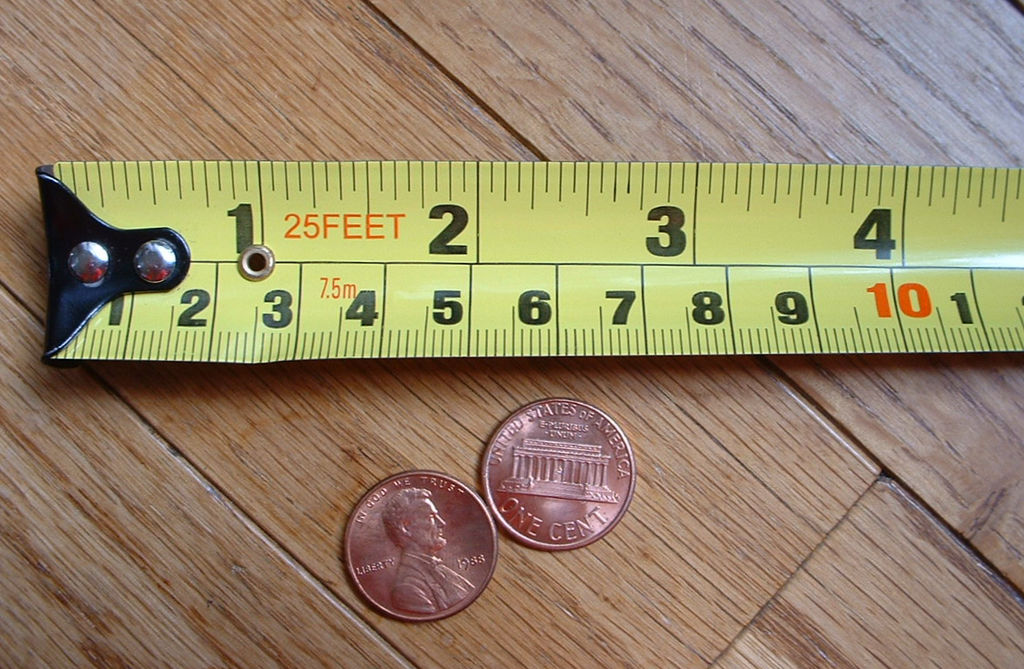Assigning of numbers to observations, and sometime scaling them as well, is known as measurement. Scale of measurement also defines what type of random variable we are dealing with. In the following, we will briefly discuss four important scales of measurements:
1. Nominal Scale
Nominal scale allows us classify observations into mutually exclusive qualitative categories or classes. For example, a staff member in an office can be classified either as male or female. At time of data collection numerical values (male: 1, female: 2) are not recommended to identify these two categories. However, we can apply dummy coding to nominal variables during model learning phase of machine learning.
If we decide to use numerical values for classes, there is no particular order for numbers because they are just identifiers and carry no numerical significance.
2. Ordinal or Ranking Scale
This scale has the property of ordering or ranking measurements. It includes the characteristics of a normal scale. For example, the performance of clerk is rated as excellent, good, fair or poor, or numberically rank it with numbers 1,2,3,4. The only relations that holds between any pairs of categories is that of “greater than” (or more preferred).
3. Interval Scale
Interval scale has a constant interval size (distance) but not a true zero point. Interval scale is used where difference between measurement is meaningul. For example, temperature (Celsius or Fahrenheit) is always measured against interval scale. The same interval exists between 20 degrees C and 30 degrees C is same as between 5 degrees C and 15 degrees C. It cannot be said that a temperature of 40 degrees C is twice as hot as a temperature of 20 degrees C, meaning the ratio 40/20 has no meaning. The arithmetic operation of addition and subtraction are meaningful.
4. Ratio scale
It is a special kind of an interval scale where the scale of measurements has a true zero point as its origin - this allows us ot make statements about ratio of an attribute. The ratio scale is used to measure weight, volume, length, distance, money, etc. The key to differentiating interval and ratio scale is that the zero point is meaningful for ratio scale.

